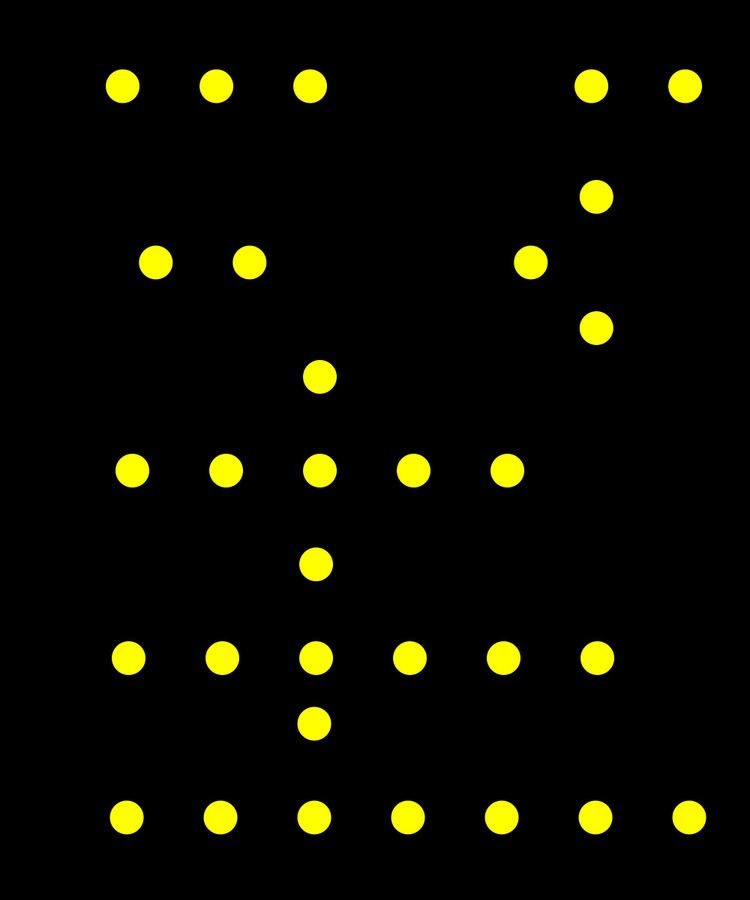 | ||
In algebraic geometry, a du Val singularity, also called simple surface singularity, Kleinian singularity, or rational double point, is an isolated singularity of a complex surface which is modeled on a double branched cover of the plane, with minimal resolution obtained by replacing the singular point with a tree of smooth rational curves, with intersection pattern dual to a Dynkin diagram of A-D-E singularity type. They are the canonical singularities (or, equivalently, rational Gorenstein singularities) in dimension 2. They were studied by Patrick du Val (1934a, 1934b, 1934c) and Felix Klein.
The du Val singularities also appear as quotients of C2 by a finite subgroup of SL2(C); equivalently, a finite subgroup of SU(2), which are known as binary polyhedral groups. The rings of invariant polynomials of these finite group actions were computed by Klein, and are essentially the coordinate rings of the singularities; this is a classic result in invariant theory.
Classification
The possible du Val singularities are (up to analytic isomorphism):
